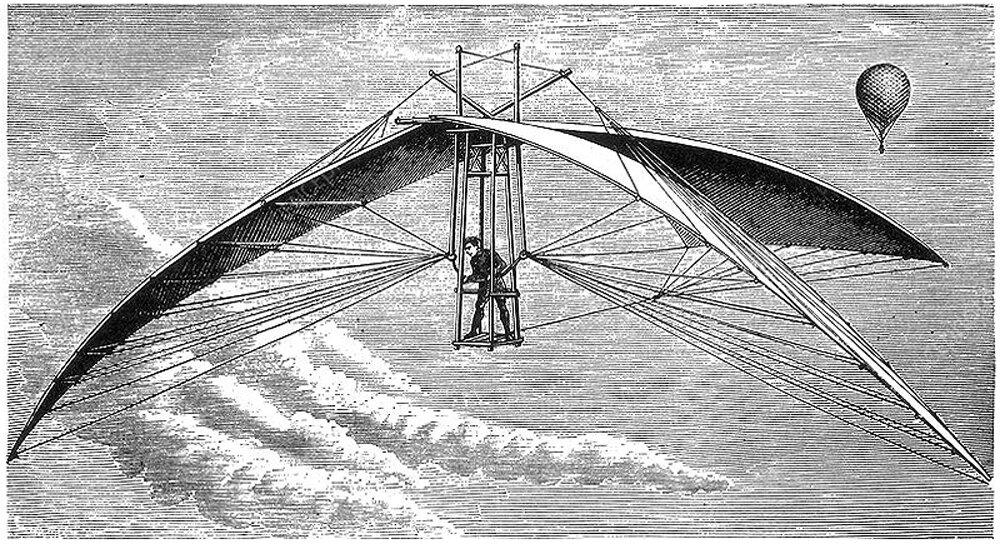Welcome to On Verticality. This blog explores the innate human need to escape the surface of the earth, and our struggles to do so throughout history. If you’re new here, a good place to start is the Theory of Verticality section or the Introduction to Verticality. If you want to receive updates on what’s new with the blog, you can use the Subscribe page to sign up. Thanks for visiting!
Click to filter posts by the three main subjects for the blog : Architecture, Flight and Mountains.

The Verticality of Roller Coasters
One of the most visceral sensations a human can experience is a sudden fall. This quick, downward acceleration of the human body can evoke feelings of terror if it’s unplanned or unwanted, or feelings of thrill and delight when it’s expected. For many of us, the sudden pull of gravity conjures up all these feelings at once. Roller coasters tap into this concept, and they meticulously curate it in order to maximize these feelings for their riders. A ride on a roller coaster pushes and pulls your body in myriad different directions, allowing a rider to experience gravity-like forces in many different directions. It’s an experience rooted in verticality, which is what gives them such appeal.

The Leaning Tower of Pisa and the Axis Mundi
Pictured here is the campanile at the Pisa Cathedral, known worldwide as the Leaning Tower of Pisa. The tower is world-famous for its iconic four-degree lean, and has become a major tourist attraction for the town of Pisa. This lean has allowed the campanile to become a symbol of the city. If you think of Pisa, you think of the Leaning Tower. This status and appeal comes from the campanile’s lack of vertical equilibrium, which forces visitors to confront the axis-mundi. It’s a unique tension that’s rooted in verticality.

Earth, Air, Water and Fire : The Verticality of The Classical Elements
Throughout human history, our ancestors have created myriad different theories and ideas to explain our world and how it’s composed. One theory was common to nearly all early civilizations, and it identified four basic elements: earth, air, water and fire. If we examine these four elements and pick apart the relationships between them, we’ll find verticality at the center of it all.

Vincent de Groof's Ornithopter
This is Vincent de Groof’s design for an ornithopter, built and tested in Bruges and London in the 1870’s. Details about de Groof’s life are sketchy, and newspaper articles from his day tend to contradict themselves. One consistent fact is that he was called The Flying Man. His goal was to achieve flight, and he believed it was possible for a human to fly by imitating the flight of a bird.

Superheroes and Skyscrapers
It’s a common shot in superhero movies for the titular character to be shown on top of a building, looking out over the landscape and the city below. I first took notice of this trope on a recent flight while watching Venom (2018), and I began pondering just how common this shot is.

Verticality, Part I: The Context
The universal elements of our lives on planet earth
In order to understand how and why humans have an innate need to escape the surface of the earth, we must first examine the context in which we have evolved and existed throughout our history. This context is unchanging, and has been true for every member of our species who has ever lived. I’ll approach the subject in two parts.
